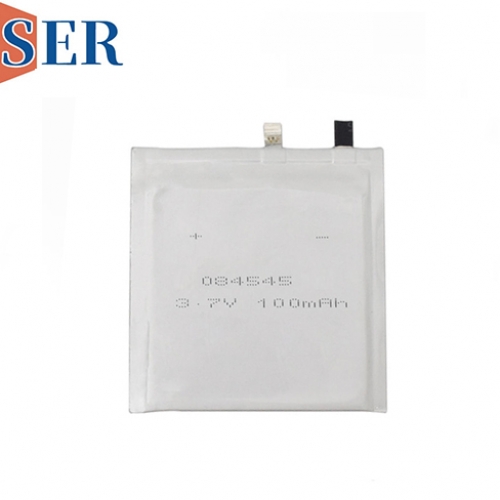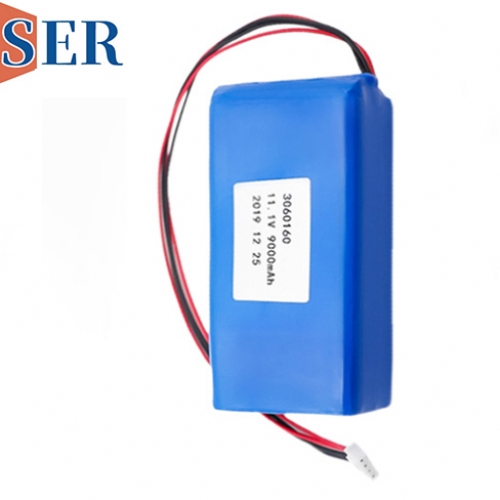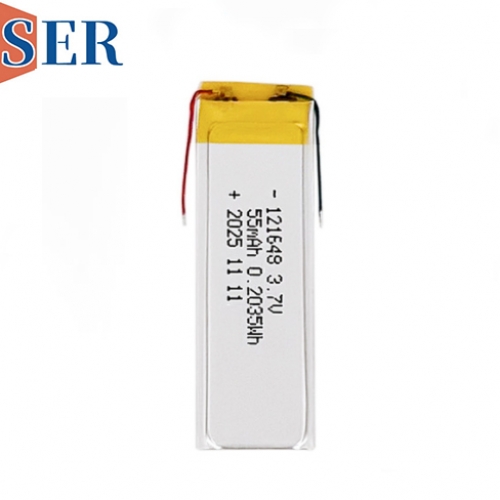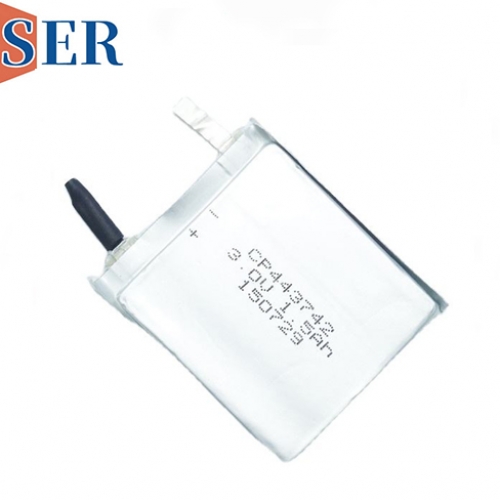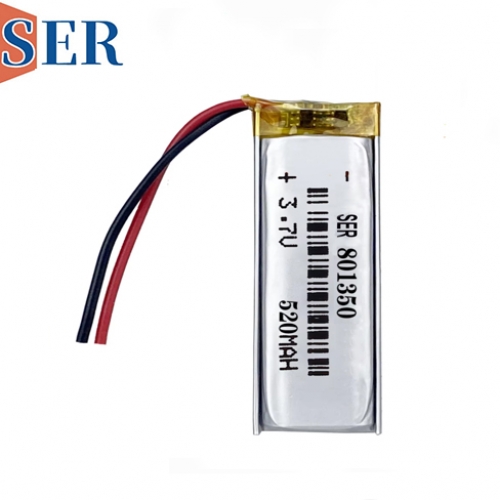Custom High-Voltage LiPo Battery: 3.8V 3400mAhLithium polymer battery 924560 with FPC (Flexible Printed Circuit) board and AFX463500 Connector
Custom High-Voltage LiPo Battery: 3.8V 3400mAhLithium polymer battery 924560 with FPC (Flexible Printed Circuit) board and AFX463500 Connector
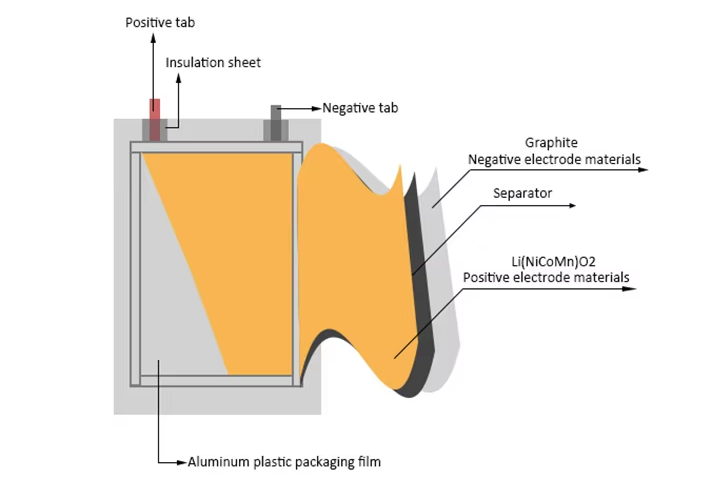
Introduction
In the rapidly evolving landscape of portable electronics, energy storage solutions must balance performance, safety, and compact design. Lithium polymer (LiPo) batteries have emerged as a dominant technology due to their high energy density, lightweight construction, and flexibility in form factor. Among these, custom high-voltage LiPo batteries tailored for specific applications—such as wearables, medical devices, or IoT sensors—represent a cutting-edge solution. This article explores a specialized LiPo battery: a 3.8V 3400mAh 924560-sized cell with an integrated Flexible Printed Circuit (FPC) board and an AFX463500 connector, designed for seamless integration into compact, high-performance devices.
We will dissect the battery’s technical specifications, the role of the FPC board, the significance of the AFX463500 connector, and the advantages of LiCoO₂ chemistry. Additionally, we’ll discuss manufacturing considerations, safety protocols, and real-world applications.
1. Understanding the Battery Specifications
1.1 Voltage and Capacity
Nominal Voltage: 3.8V
This voltage is typical for LiCoO₂ (Lithium Cobalt Oxide) cathode chemistry, which offers a high energy density but operates at a slightly lower nominal voltage compared to other lithium-ion chemistries (e.g., LiFePO₄ at 3.2V). The 3.8V rating ensures compatibility with low-power circuits while maintaining efficiency.Capacity: 3400mAh
A 3400mAh capacity provides substantial runtime for devices requiring moderate to high power consumption, such as smartwatches, fitness trackers, or portable medical monitors. This capacity strikes a balance between energy storage and physical size, making it ideal for space-constrained applications.
1.2 Dimensions: 924560
The 924560 designation refers to the battery’s physical dimensions in millimeters (9.2mm thickness × 45mm width × 60mm length). This compact form factor allows the battery to fit into sleek, ergonomic designs without compromising performance.
1.3 Chemistry: LiCoO₂ (Lithium Cobalt Oxide)
LiCoO₂ is a widely used cathode material in consumer electronics due to its:
High Energy Density: Enables longer runtime per unit volume.
Stable Voltage Profile: Maintains consistent output voltage during discharge.
Mature Technology: Well-understood manufacturing processes ensure reliability.
However, LiCoO₂ batteries require careful thermal management and protection circuits to mitigate risks like thermal runaway.
2. The Role of the FPC (Flexible Printed Circuit) Board
2.1 What is an FPC Board?
An FPC board is a thin, flexible circuit made of polyimide or polyester substrate with conductive traces. Unlike rigid PCBs, FPCs can bend, twist, or conform to irregular shapes, making them ideal for compact devices where space is at a premium.
2.2 Why Integrate an FPC with a LiPo Battery?
Space Efficiency: Eliminates the need for bulky wiring or rigid connectors, reducing overall device thickness.
Durability: Flexible circuits resist vibration and mechanical stress, enhancing reliability in portable applications.
Customization: FPCs can be tailored to specific pinouts, trace layouts, or component placements, streamlining assembly.
Signal Integrity: Minimizes electromagnetic interference (EMI) by shortening signal paths.
2.3 FPC Design Considerations
Trace Width and Spacing: Must accommodate the battery’s current draw (e.g., 3400mAh at 1C discharge = ~3.4A) without excessive heating.
Bend Radius: The FPC must withstand repeated flexing without cracking traces.
Material Selection: Polyimide substrates offer superior heat resistance and flexibility compared to polyester.
3. The AFX463500 Connector: A Critical Interface
3.1 Connector Overview
The AFX463500 is a proprietary or standardized connector (depending on the manufacturer) designed for high-reliability applications. Its key features likely include:
Compact Size: Matches the battery’s miniature footprint.
High Current Rating: Supports the battery’s discharge and charge currents.
Locking Mechanism: Prevents accidental disconnection during use.
Durability: Withstands thousands of mating cycles.
3.2 Connector Integration with FPC
The AFX463500 connector is soldered or pressed onto the FPC board, creating a robust electrical and mechanical interface. This setup offers:
Plug-and-Play Compatibility: Simplifies battery replacement or hot-swapping.
Reduced Assembly Time: Eliminates manual soldering of wires to the battery.
Error Prevention: Keyed connectors ensure correct polarity, preventing reverse-polarity damage.
4. Manufacturing and Customization
4.1 Custom Battery Design
Custom LiPo batteries like the 924560 model are engineered to meet specific client requirements, including:
Voltage and Capacity Adjustments: Tailoring to exact power needs.
Shape and Size Optimization: Fitting unique device enclosures.
Thermal Management: Incorporating heat sinks or temperature sensors.
Safety Features: Adding PCM (Protection Circuit Modules) for overcharge, over-discharge, and short-circuit protection.
4.2 FPC and Connector Customization
Trace Layout: Routing signals to match the device’s PCB.
Connector Type: Choosing between through-hole, surface-mount, or press-fit connectors.
Impedance Control: For high-speed data transmission in smart devices.
4.3 Quality Control
Electrochemical Testing: Verifying capacity, voltage, and cycle life.
FPC Functional Testing: Ensuring no open circuits or shorts.
Environmental Stress Testing: Simulating temperature, humidity, and vibration extremes.
5. Safety and Compliance
5.1 LiPo Battery Risks
LiCoO₂ batteries are prone to:
Thermal Runaway: Caused by overcharging, physical damage, or manufacturing defects.
Swelling: Gas generation during degradation can deform the battery.
Puncture Hazards: Sharp objects can cause internal short circuits.
5.2 Safety Measures
PCM Integration: Monitors voltage, current, and temperature.
Fuse Addition: Breaks the circuit during overcurrent events.
Flame-Retardant Enclosures: Contains fires in worst-case scenarios.
Certifications: Compliance with UL, IEC, or UN transportation standards.
6. Applications
6.1 Wearable Technology
Smartwatches: Long battery life in a slim profile.
Fitness Trackers: Flexible FPC accommodates wrist curvature.
AR/VR Glasses: Lightweight power for immersive experiences.
6.2 Medical Devices
Portable Monitors: Reliable power for ECG or glucose meters.
Hearing Aids: Compact size for discreet wear.
Implantable Devices: Biocompatible packaging (with additional safeguards).
6.3 IoT and Sensor Networks
Smart Home Sensors: Low-power operation for years.
Industrial IoT: Ruggedized designs for harsh environments.
Agricultural Drones: High-capacity power for extended flight times.
7. Future Trends
7.1 Higher Energy Density
Advancements in solid-state electrolytes and silicon anodes could boost capacity beyond 3400mAh in similar-sized packages.
7.2 Faster Charging
Graphene-enhanced batteries may reduce charge times from hours to minutes.
7.3 Smart Batteries
Embedded sensors could monitor health in real-time, predicting failures before they occur.
7.4 Sustainability
Recyclable materials and cobalt-free cathodes (e.g., LiNiMnCoO₂) will reduce environmental impact.
8. Conclusion
The custom high-voltage 3.8V 3400mAh 924560 LiPo battery with FPC board and AFX463500 connector exemplifies the pinnacle of modern energy storage design. By combining LiCoO₂ chemistry’s energy density with the flexibility of FPCs and the reliability of specialized connectors, this battery meets the demands of next-generation electronics. As applications grow more sophisticated, such custom solutions will remain indispensable in driving innovation across industries.
For manufacturers and designers, partnering with experienced battery suppliers ensures not only technical excellence but also adherence to safety and regulatory standards—ultimately delivering products that are as reliable as they are revolutionary.

